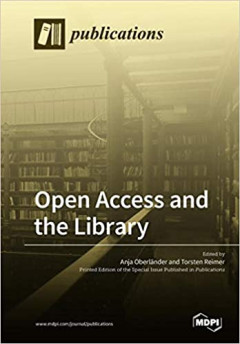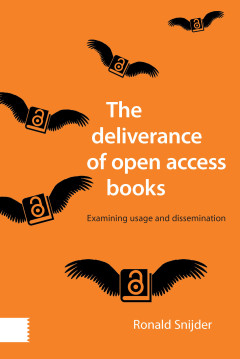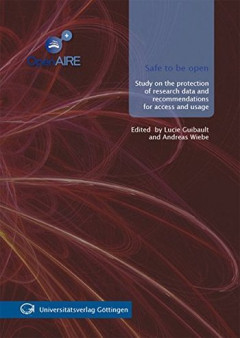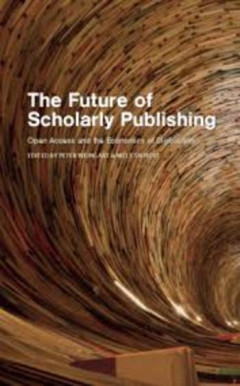Ditapis dengan

Shadow libraries :access to educational materials in global higher education
How students get the materials they need as opportunities for higher education expand but funding shrinks.From the top down, Shadow Libraries explores the institutions that shape the provision of educational materials, from the formal sector of universities and publishers to the broadly informal ones organized by faculty, copy shops, student unions, and students themselves. It looks at the hist…
- Edisi
- -
- ISBN/ISSN
- 9780262535014
- Deskripsi Fisik
- -
- Judul Seri
- -
- No. Panggil
- 070.5 SHA s

Open access and the library
Libraries are places of learning and knowledge creation. Over the last two decades, digital technology—and the changes that came with it—have accelerated this transformation to a point where evolution starts to become a revolution.The wider Open Science movement, and Open Access in particular, is one of these changes and is already having a profound impact. Under the subscription model, the…
- Edisi
- -
- ISBN/ISSN
- 9783038977407
- Deskripsi Fisik
- vii, 131p. : ill.
- Judul Seri
- -
- No. Panggil
- 026.3 OPE o

The deliverance of open access books :examining usage and dissemination
In many scholarly disciplines, books - not articles - are the norm. As print runs become smaller, the question arises whether publishing monographs in open access helps to make their contents globally accessible. To answer this question, the results of multiple studies on the usage of open access books are presented. The research focuses on three areas: economic viability; optimization of open …
- Edisi
- -
- ISBN/ISSN
- 9789085551201
- Deskripsi Fisik
- 234p. : ill.
- Judul Seri
- -
- No. Panggil
- 002.09 SNI d

Safe to be open :study on the protection of research data and recommendations…
This study addresses the most important legal issues when implementing an open access e-infrastructure for research data. It examines the legal requirements for different kinds of usage of research data in an open access infrastructure, such as OpenAIREplus, which links them to publications. The existing legal framework regarding potentially relevant intellectual property (IP) rights is analyse…
- Edisi
- -
- ISBN/ISSN
- 9783863951474
- Deskripsi Fisik
- 165p. : ill.
- Judul Seri
- -
- No. Panggil
- 025.52 SAF s

The future of scholarly publishing :open access and the economics of digitisa…
The formal scientific communication system is currently undergoing significant change. This is due to four developments: the digitisation of formal science communication; the economisation of academic publishing as profit drives many academic publishers and other providers of information; an increase in the self-observation of science by means of publication, citation and utility-based indicato…
- Edisi
- -
- ISBN/ISSN
- 9781928331537
- Deskripsi Fisik
- ix, 277p. : ill.
- Judul Seri
- -
- No. Panggil
- 070.57973 FUT f
 Karya Umum
Karya Umum  Filsafat
Filsafat  Agama
Agama  Ilmu-ilmu Sosial
Ilmu-ilmu Sosial  Bahasa
Bahasa  Ilmu-ilmu Murni
Ilmu-ilmu Murni  Ilmu-ilmu Terapan
Ilmu-ilmu Terapan  Kesenian, Hiburan, dan Olahraga
Kesenian, Hiburan, dan Olahraga  Kesusastraan
Kesusastraan  Geografi dan Sejarah
Geografi dan Sejarah